| Name | McCulloch Hockey Stick Chisel |
| Lead Time | Lead time advised within 48 hours of order placement. |
| Competitor | ;NL9706001;NL9706-001;575766;57-5766;5757-66;NL9706002;NL9706-002;575767;57-5767;5757-67;5757-66_5757-67; |
| Specialty | Neuro, Ortho & Spine-Mcculloch-Pattern Instruments |
| Material Finish | Stainless Steel |
| Grade | Premium Operating Room |
| Units of Measurement | Each |
| Manufacturer | Tool Tectra |
| Sterility | Non-Sterile |
| Usage | Reusable |
McCulloch Hockey Stick Chisel
8-1/2″ (22.0 cm) McCulloch Hockey Stick Chisel is a specialized instrument made for use in orthopedic spinal procedures. It is specifically used in procedures of the spine such as vertebral osteotomy and is particularly well suited with its slim handle and elongated, flattened profile. The angle at the end prevents the tip of the chisel from pierces and causing injury to the spinal cord during surgery. This instrument is available in either a right or left curve making it a versatile tool that fits any patient scenario and satisfies any surgeon preference.
SKU:
TT-SI-9627
Category: Hooks & Retractors
Description
Reviews (0)
Be the first to review “McCulloch Hockey Stick Chisel” Cancel reply
Shipping & Delivery
Related products
Cervical Retractor Medial Blade
SKU:
TT-SI-7912
stainless steel, ball snap closure, w/ teeth Cervical Retractor Medial Blade is an added component to be used alongside the cervical retractor for medial retraction. All five blades are made from stainless steel and a ball snap closure making them a tight fit. Each blade also features teeth that are variety in their size and curvature making it possible to find a suitable blade for soft tissue retraction in a number of neurosurgical scenarios and approaches to the spinal cord.
Carbon Fiber Radiolucent Medial Blade
SKU:
TT-SI-9868
ball snap closure, w/ teeth Carbon Fiber Radiolucent Medial Blade is an added component to be used alongside the cervical retractor for general purpose soft tissue retraction. All six blades are made from stainless steel and a ball snap closure making them a tight fit. Each blade also features teeth giving them added hold in retraction. They are available in variety of sizes making it possible to find a suitable blade for soft tissue retraction in a number of neurosurgical scenarios and approaches to the spinal cord. Additionally this instrument is radiolucent which allows it to be left in place during x-ray and can be seen through.
Charnley Initial Incision Retractor
SKU:
TT-SI-5624
standard pattern Charnley Initial Incision Retractor is a unique instrument specifically designed for use in retraction at the beginning of surgical intervention when the first incision is made. An ideal tool for a vase array of neurosurgical procedures because it securely open up the surgical field to give unobstructed access. This retractor set includes a frame, a long blade, short blade as well as a weight on a chain.
Beckmann-Eaton Laminectomy Retractor
SKU:
TT-SI-7592
hinged arms, 7x7 prongs, 12-1/2" (32.0 cm) Beckmann-Eaton Laminectomy Retractor is designed for use in neurosurgical laminectomy procedures. In order to perform this procedure the soft tissue and muscle layer directly atop of the spinal need to be incised through and retracted. This instrument features hinged arms and 7x7 prongs that allow gentle but effective retraction that gives direct access to the surgical field. This retractor is available either with either sharp or blunt prongs making it a versatile instrument to satisfy any patient need or surgeon preference.
Capsule Retractor
SKU:
TT-SI-3844
3 sharp prongs, 22.0 mm blade, 10" (25.0 cm) Capsule Retractor is a uniquely designed instrument for use in some orthopedic interventions such as Bankart surgeries . Specifically three sharp pronged design can be placed on the medial aspect of the neck of the scapula. Retraction of the labrium as well as the anterior capsule is accomplished with this retractor.
Cervical Retractor Longitudinal Blade
SKU:
TT-SI-9364
stainless steel, ball snap closure, blunt Cervical Retractor Longitudinal Blade is an added component to be used alongside the cervical retractor for longitudinal retraction. All five blades are made from stainless steel and a ball snap closure making them a tight fit. Each blade also features a blunt edge to prevent trauma and tearing during retraction. They are available in variety of sizes and curvature making it possible to find a suitable blade for soft tissue retraction in a number of neurosurgical scenarios and approaches to the spinal cord.
Bennett Bone Retractor
SKU:
TT-SI-5482
9-1/2" (24.1 cm) Bennett Bone Retractor is designed for use in retraction of bone during surgical intervention. It features a large handle that features a rounded tip for ease in handling. Additionally the functional portion of this instrument has a flat neck that is at a slight angle and flares out and makes a distinctive leaf shape that is also rounded at its tip. The head of this piece is available in two widths 45.0 mm and 65.0 mm making it versatile enough for small and large bones.
Adson Dura & Nerve Hook
SKU:
TT-SI-6258
3.0 mm tip, 8" (20.0 cm) Adson Dura & Nerve Hook is crafted for use in a wide variety or neurosurgical procedures. This hook is a multipurpose instrument that can be used to retract nerves but can also be used to retract the dural layer of the meninges during craniotomies and spinal surgeries. Additionally this instrument is available with either a sharp or blunt tip making it suited for retraction of very delicate tissue matter with the blunt tip or less sensitive tissue with the sharp tip.

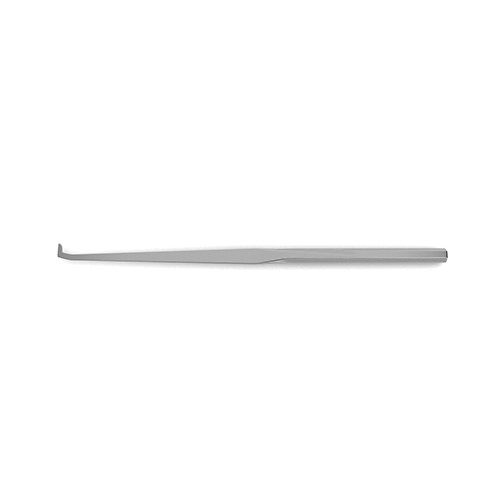
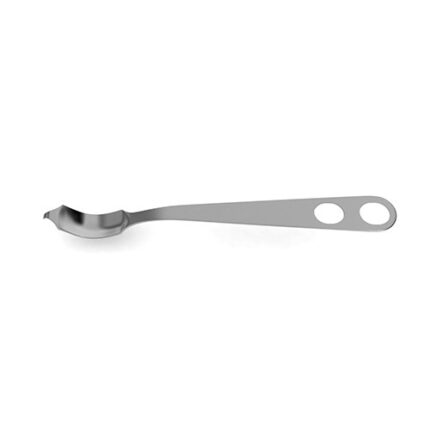
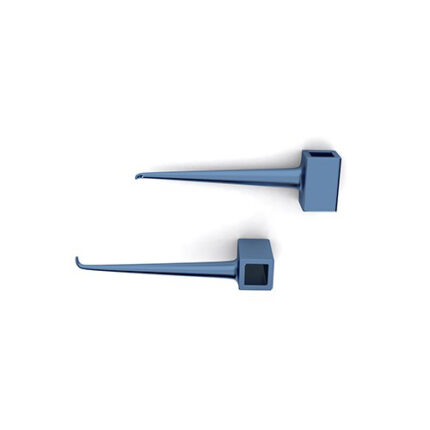

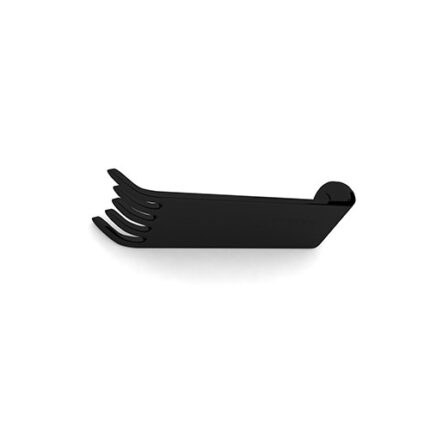
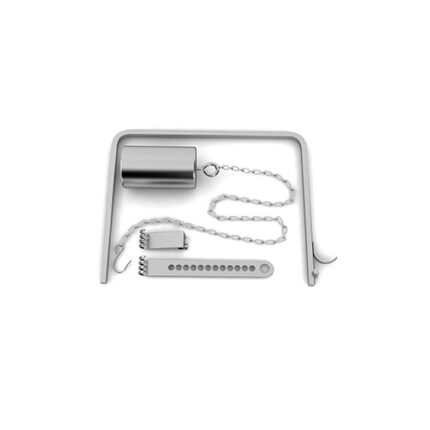
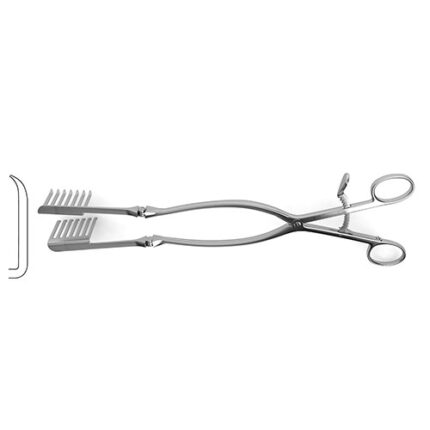
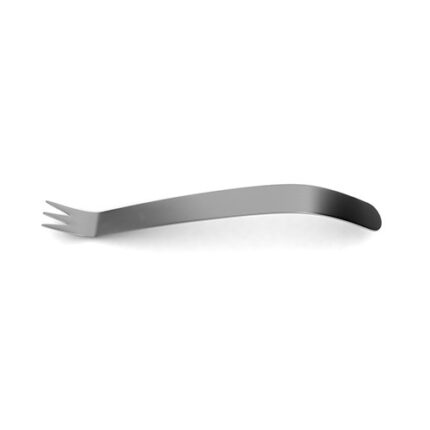

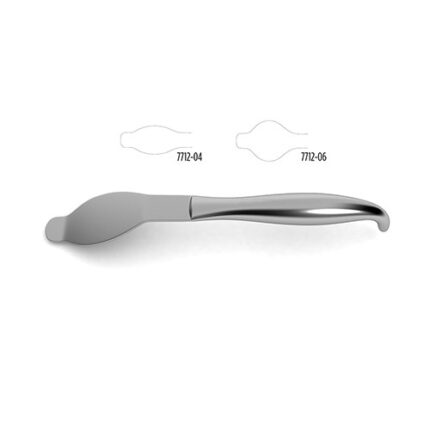
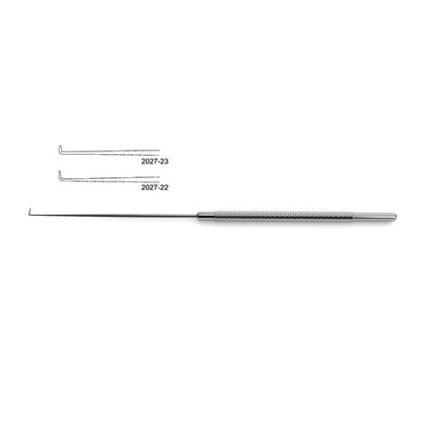

Reviews
There are no reviews yet.